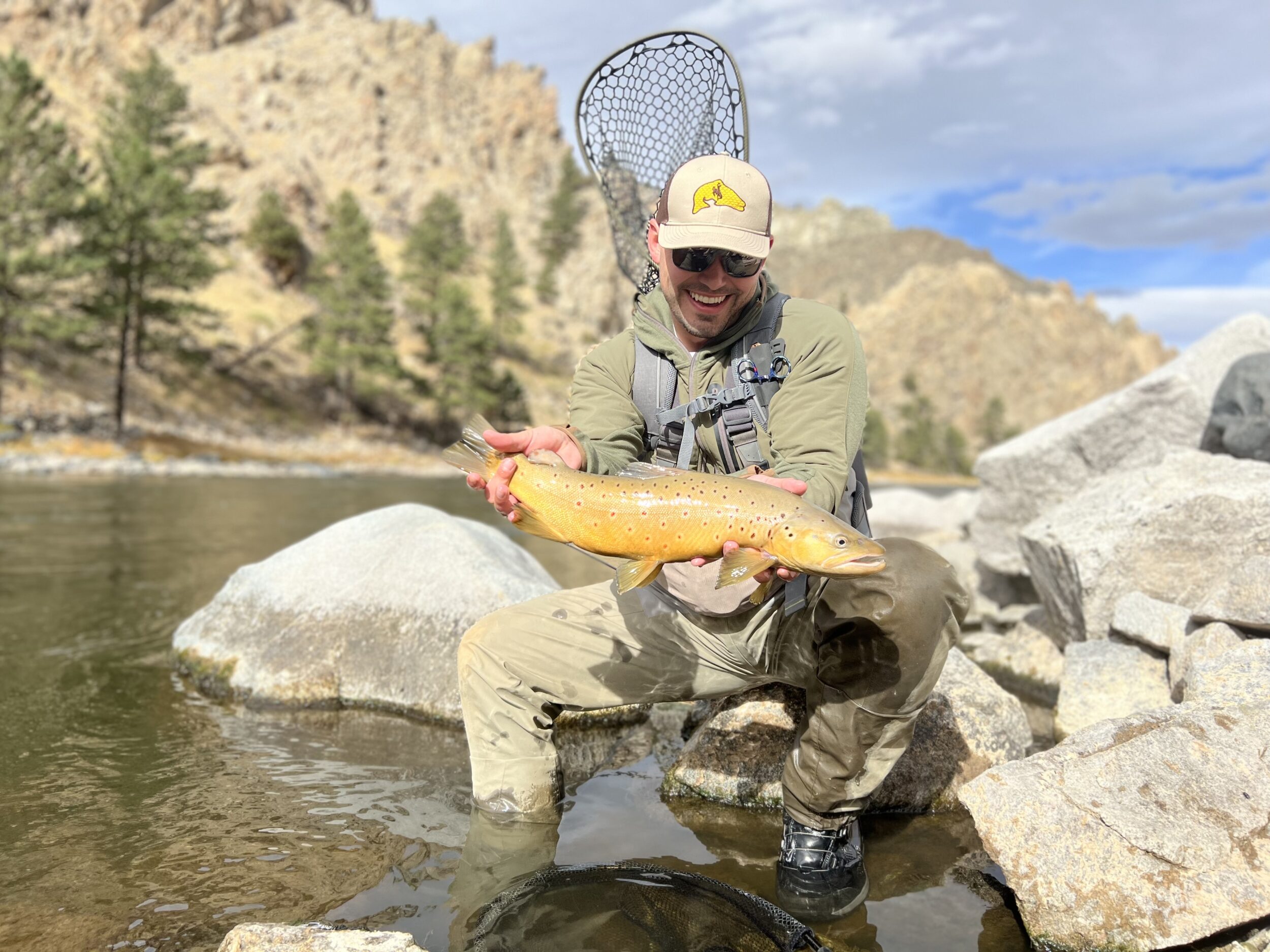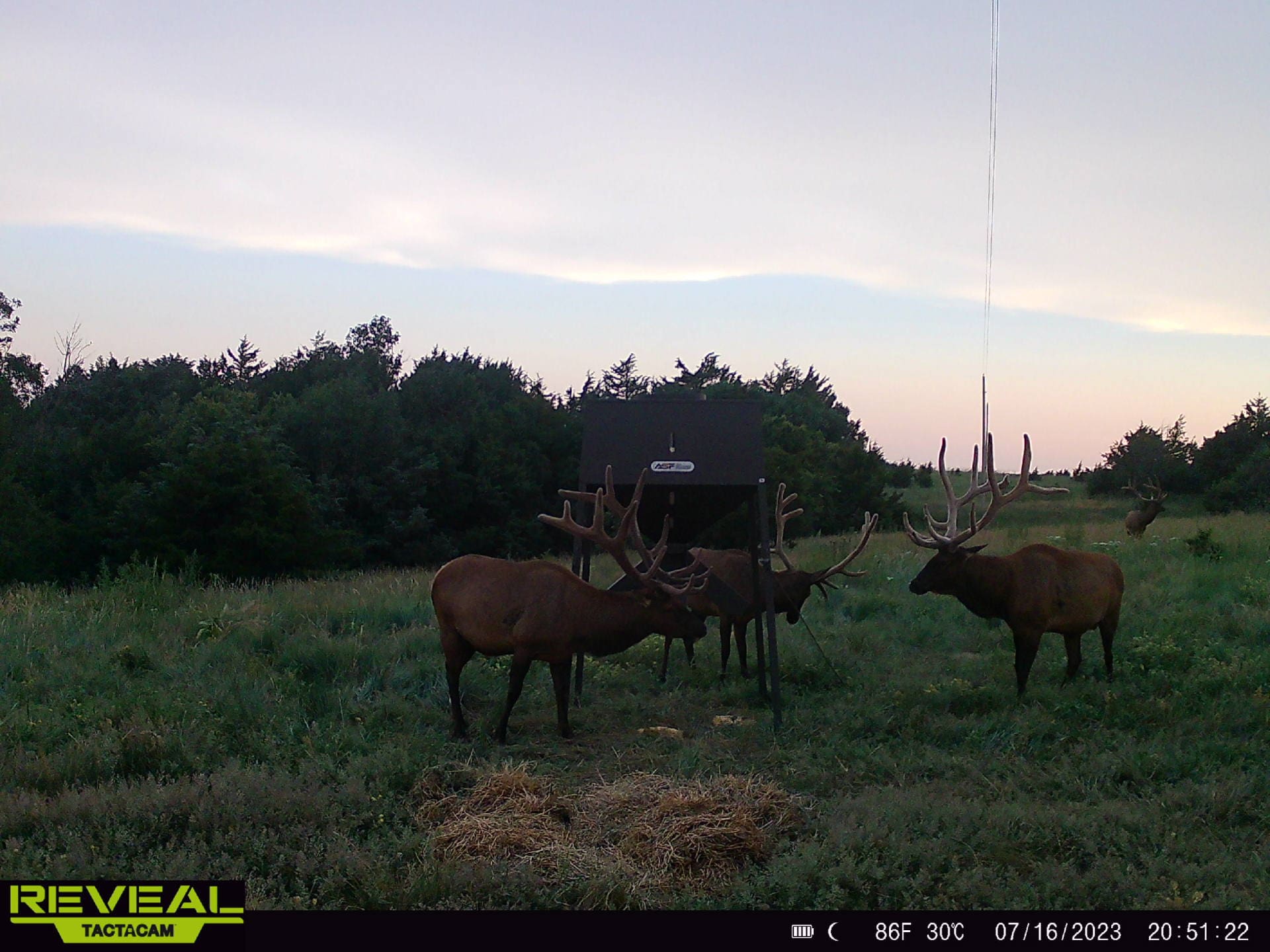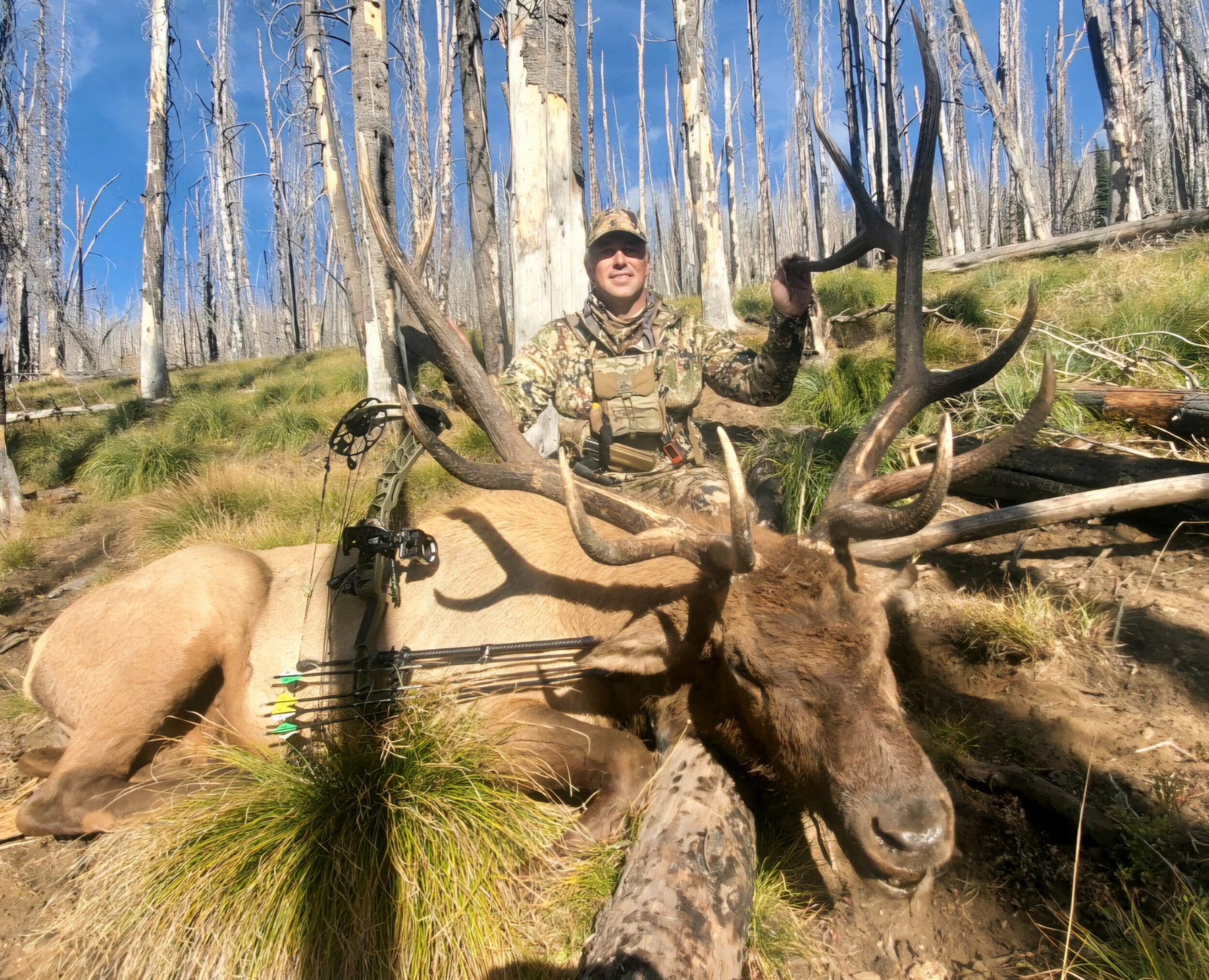
Sign in
Sign in to save favorite properties and equipment, save your search parameters and more
Don’t have an account yet? Sign Up Now
Sign up
Already have an account? Login Now


Sign in
Sign in to save favorite properties and equipment, save your search parameters and more
Don’t have an account yet? Sign Up Now
Sign up
Already have an account? Login Now
Ask any wildlife specialist, passionate hunter, or avid fisherman what connects them to wild places and they’ll most likely provide some variation of this answer: we don’t live on the land; we live with it. Justin Hertzel and Chase Higgs, both of Hayden Outdoors, are no different. These avid sportsmen are quick to point to a lifetime spent hunting, fishing, and wandering through woods and prairies as the reasons they do what they do today. Justin Hertzel is a designated broker with Hayden Outdoors in Nebraska, Iowa, Missouri, and Arkansas. He grew up hunting and fishing, and has called the heartland of Lincoln, Nebraska home nearly his entire life.
Similarly, Chase Higgs spent his earliest days bass fishing, fly fishing, upland bird hunting, and waterfowl hunting. These days, he’s a videographer and biologist for Hayden Outdoors based in Northern Colorado with a love for fishing that runs as deep as the alpine lakes and rivers where you’ll find him much of the time. It’s a passion that led him to fishery and habitat assessment work.
Recently, we asked Justin and Chase to chime in on effective and successful wildlife management and conservation strategies. Here’s what they had to say.

Wildlife management on recreational property and ranches is an elemental part of a healthy habitat and long-term conservation. Wild animals play a key role in local ecosystems through foraging, seed dispersal, water detoxification, and oxygen production. How large of a role does the landowner have in managing wildlife on recreational or hunting property? “A substantial one, depending on what you want your return to be,” as Justin puts it. The return you will see and experience in the form of healthy wildlife, regenerative habitat, and returning animals is a direct result of how much effort you put into the process.
Chase expands on the idea. “The beauty of private property is that the owner has the ability to protect or enhance its resources using methods that are much more difficult to implement or maintain on public land. Property owners have the opportunity to create stretches of pristine habitat, and they can take a lot of things into their own hands to enhance the landscape.”
Understanding your local ecosystems and establishing a set of guiding principles for managing wildlife helps ensure long-term animal population and ecosystem health on your land.
One of the first – and most important – steps in successful wildlife management on your land is conducting a wildlife inventory. Having this baseline will help you create a viable conservation plan moving forward. You need to ascertain wildlife populations and their health before implementing a wildlife management plan.
There are four cornerstones to any successful wildlife management plan: cover, bedding, food, and water. “The more ample those four things are, the more game you’re going to maintain and sustain in that specific area,” says Justin. “Game animals are definitely adaptive. They’re going to adapt to what they have.”
A healthy, properly thinned and limbed forest gives larger game a haven. “A lot of the tree species in the Midwest states are producing food that deer and turkey will eat.” So, in addition to safe shelter, learn which native tree species provide valuable nutrition for the animals that call your land home.
Chase’s specialty in fish and fisheries shines a light on waterways. “For lakes and ponds, water quality and aquatic vegetation management should always be monitored. As for streams and rivers, it is important to address stream bank erosion and in-stream structures, which provide habitat and also help mitigate bank erosion.”
As you walk your property, look for opportunities to improve wildlife habitat. Consider landscaping for wildlife and increasing shelter and bedding opportunities with hinge cuts or overgrowth. Plant native species that are known to provide fish and animals with nutrient-rich food sources. Finally, ensure the animals that move through your property have enough water. If water doesn’t occur naturally on your land, look to temporary and permanent infrastructure that can benefit animals, such as water capture vessels, troughs, or man-made ponds.
Ensuring both people and wildlife can safely cohabitate on your land is a pinnacle principle of recreational real estate ownership. Make sure your property is safe for both, including managing human-wildlife interactions. Most experienced sportsmen will know the basic rules of respecting the land, water, and animals, but if you host people who are newer to the idea, establishing basic rules of safety is a good idea.
These can be as simple as “No feeding the animals” to maintaining a safe distance from all wildlife. Discourage interference in the natural rhythms of wildlife movement, feeding schedules, and other seasonal occurrences.
This coexistence is key to healthy habitat management and animal harvesting. Chase says, “Hunters and anglers play a key component in conservation. Not only do their dollars account for the overwhelming majority of funding toward the preservation of our landscapes and resources, but their eyes and ears also help keep tabs on our lands. Not many people pay better attention to their surroundings than sportsmen, and this attention to detail helps fish and wildlife managers and organizations address issues. Hunters and anglers help encourage the respect and protection of our resources.”
Justin encourages reaching out to your local game warden. “Every warden has a region, which you can typically find on game and fish websites. These people offer a wealth of knowledge on what’s going on in the area – including diseases, numbers, etc. – for animals of all sizes.”

A big part of maintaining healthy wildlife numbers on your land is controlling nuisance wildlife. According to Justin, “Coyotes, mountain lions, and bobcats are typically the most pervasive predators.”
If you’re concerned about animal populations on your property, identifying problematic species is step one. Talking with a wildlife or habitat specialist is a good place to start, but trail cams are another excellent way to learn more about which species are wreaking havoc on the ecosystem.
Human deterrence methods for controlling predator populations include:
If you need to bring in reinforcements, look to professional wildlife removal services in your area.
Promoting biodiversity on your property is a great way to contribute to long-term environmental health and conservation. Here are a few ways to create a wildlife sanctuary on your land:

Wildlife management ebbs and flows with the change of seasons. Establishing a year-round plan that addresses seasonal shifts is an excellent way to maximize your wildlife and conservation strategy.
In the spring and summer, add these tasks to your to-do list, being mindful not to stress mothers and babies who might be bedded down on your land:
As fall and winter approach, make sure to do the following:
For fowl and upland bird hunters and property owners, take extra care to facilitate migration corridors with food and water sources, wildlife-friendly fencing, and plenty of ground cover.

Regular property assessments, necessary adjustments to management practices, detailed record keeping, and seeking expert advice are pillars for successful and on-going wildlife management. Chase summarizes:
“First and foremost, a property owner’s role in management is being observant toward the health and quality of the habitat and fisheries on the property. Has the fishery/habitat deteriorated? If so, then action may be necessary, such as allocating water differently, changing how you let livestock access the water and adjusting road paths to limit erosion. Frequently throughout the year, it’s important to ask, ‘Does a larger scale restoration need to be performed, etc.?’ Property owners have the opportunity to create stretches of pristine habitat, and they can take a lot of things into their own hands to enhance the landscape.”

Turning to experts like Justin and Chase can be an important step in maintaining your wildlife habitat over generations. Recreational real estate specialists and biologists who understand local waterways, regulations, migration patterns, permitting, hunting safety, and habitat are excellent allies in your conservation efforts.
Additionally, local, regional, and national organizations that focus on conversation are great resources. When it comes to waterway management, Chase recommends turning to Trout Unlimited for information. Justin is the president of the Nebraska Big Game Society, a regional organization that puts 100% of the money it raises toward the health of big game populations in Nebraska.
He encourages property owners getting involved with organizations like these in their area to learn more. “Hundreds of wildlife organizations throughout the country provide education, habitat management, projects, and studies.”
Aligning with like-minded agents and organizations bolsters your efforts, and it’s where Hayden Outdoors goes much further than most companies. Justin continues, “We donate a certain amount of every closing to the Corners for Conservation program in Colorado and the Corners for Wildlife program in Kansas.” This supports high-quality habitat on center pivot irrigation corners in the two states.
Continue your collaboration efforts beyond organizations and agencies. Your neighbors can be some of your best allies in creating and maintaining healthy wildlife habitat. Working with neighboring property owners allows for greater movement and migration, more animal protection and safety, and cleaner, healthier water supplies.
While Justin points out that wildlife management is solely on the shoulders of the property owner, it can certainly be empowered by the community. “As the landowner, you are the steward of the land. You also have entities that assist in those efforts. Work to create a cohesive mix between all of them.”
Successful wildlife management goes well beyond hunting season. It’s an essential part of being a responsible contributor to the ecosystems. Chase parts with this wisdom, “Managing fish and wildlife on your land has a plethora of benefits. Aesthetically, property owners get the pleasure of seeing healthy numbers of fish and wildlife on their land. Well managed populations also allow for great recreational opportunities on the property, which is one of the main draws to fish and wildlife management. One of the biggest benefits – if not the biggest – is the rewarding feeling of contributing toward an overall thriving landscape.”
